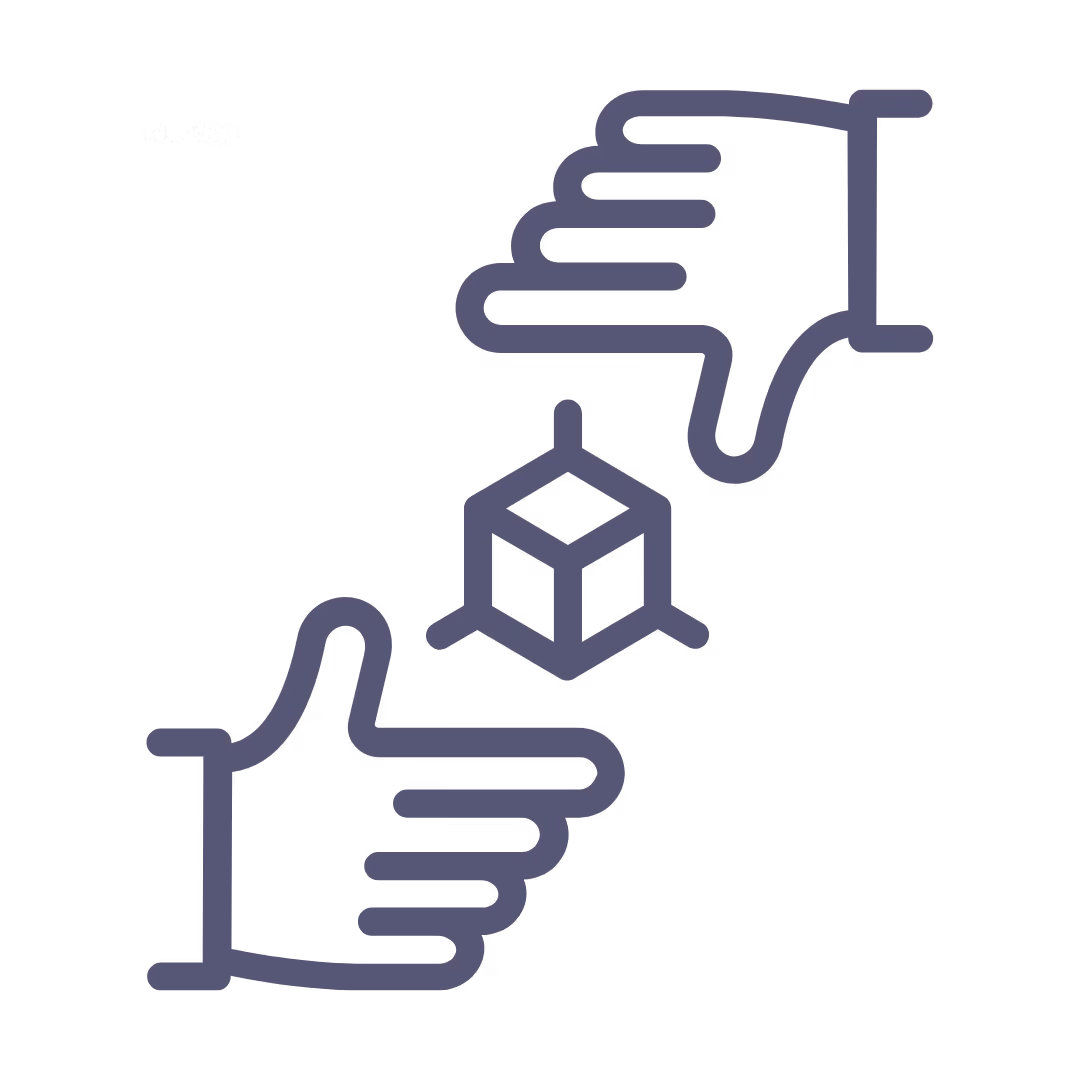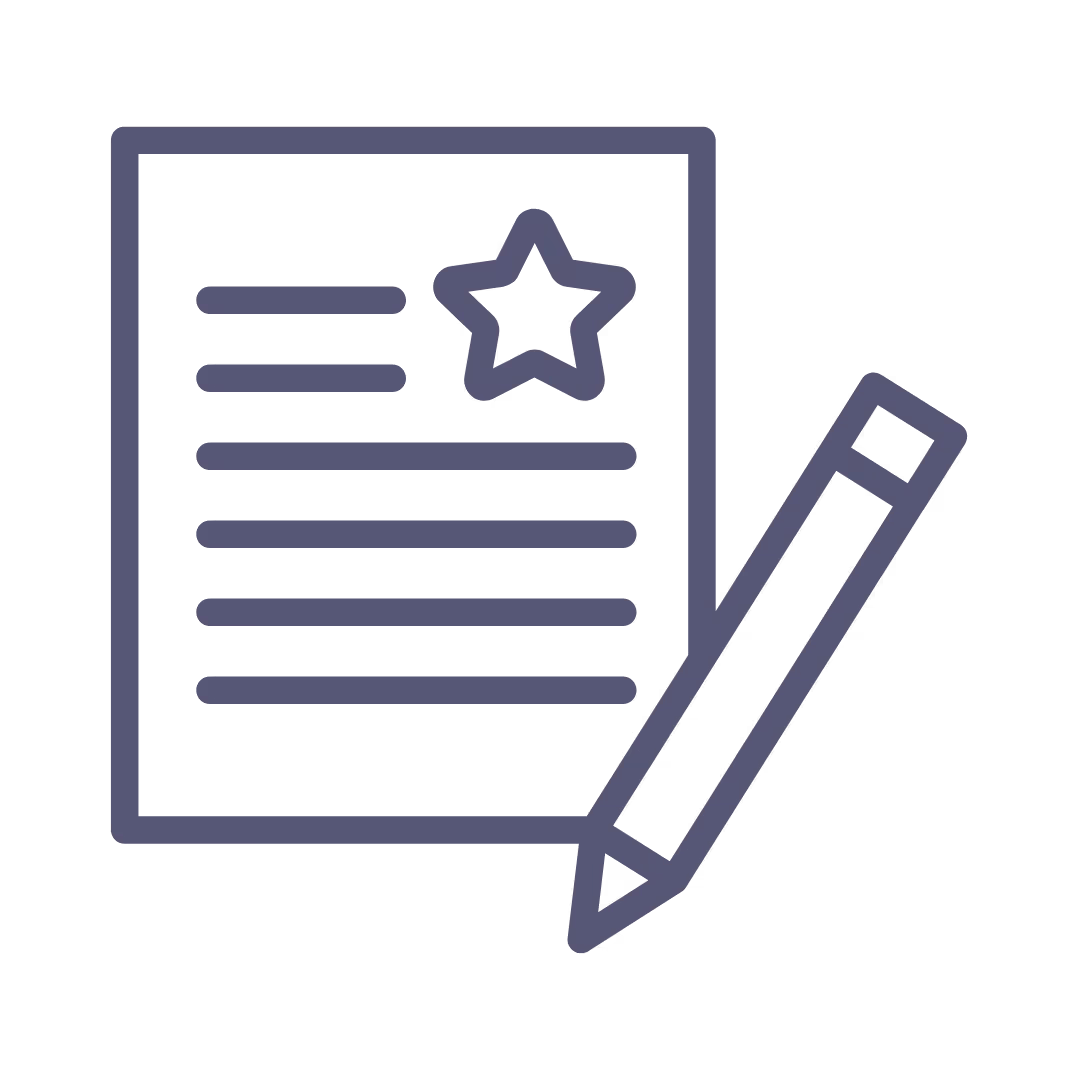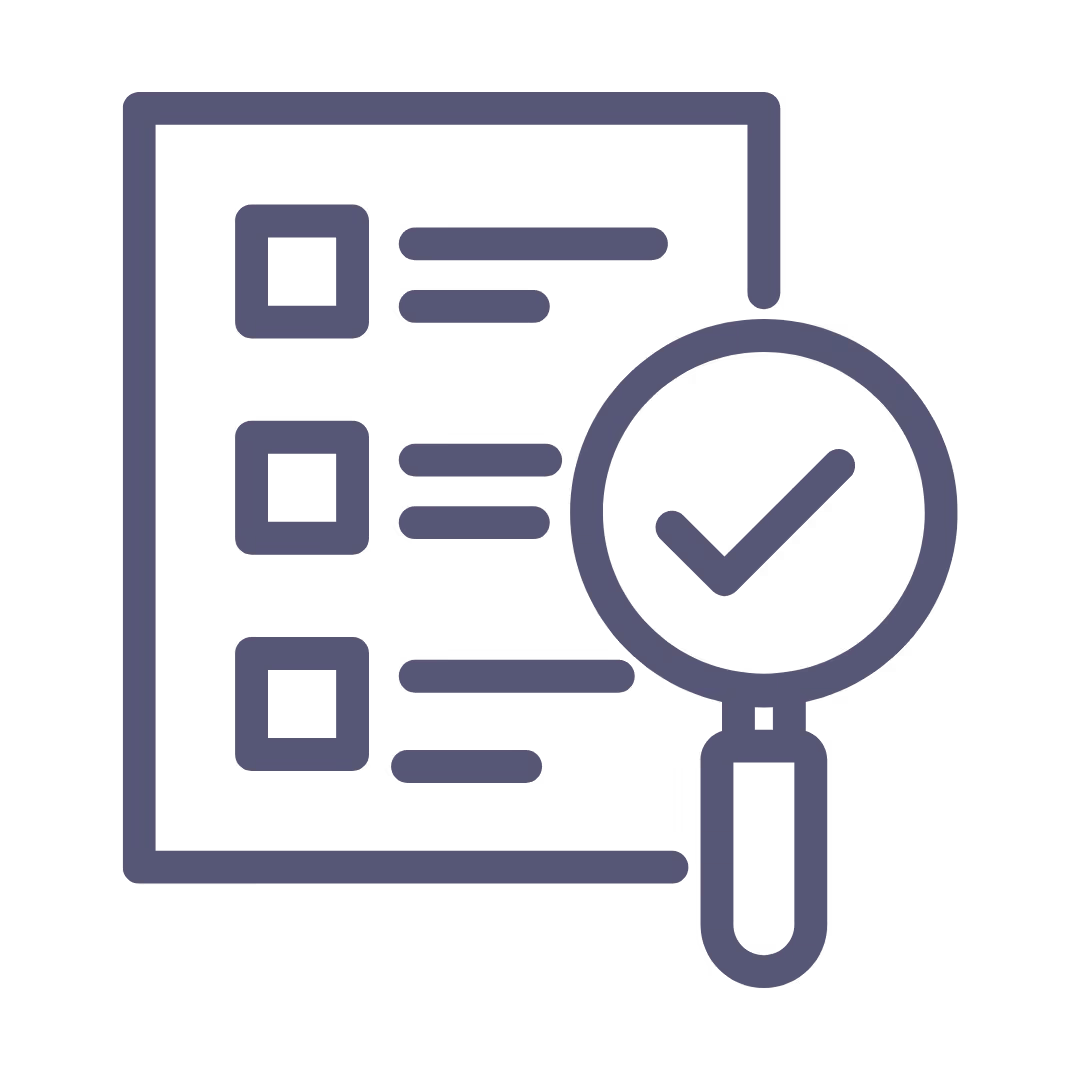Guidelines for Authors
JFLEX Xplore page
Aims & Scope

Perspective Paper
A perspective paper presents new ideas, emerging trends, or a unique viewpoint on a specific research topic. It provides insights, challenges existing approaches, and suggests future directions without extensive experimental validation.

Tutorial Paper
A tutorial paper provides an in-depth explanation of a technical concept, method, or technology. It is structured to educate readers, including beginners, with clear explanations, examples, and possible applications. It should be well-organized and accessible to a broad audience.

Mini-Review Paper
A mini-review provides a concise overview of recent developments in a specific research area. It focuses on summarizing key findings, trends, and challenges without the extensive depth of a full review paper. Mini-reviews should be well-structured and highlight the most relevant studies within a limited timeframe.

Review Paper
A review paper summarizes and critically analyzes existing research on a specific topic. It should highlight key advancements, compare methodologies, and identify gaps in knowledge. A strong review paper provides a clear synthesis of the literature and suggests future research directions.
Open Access
The articles in this journal are peer reviewed in accordance with the requirements set forth in the IEEE PSPB Operations Manual (sections 8.2.1.C & 8.2.2.A). Each published article was reviewed by a minimum of two independent reviewers using a single-anonymous peer review process, where the identities of the reviewers are not known to the authors, but the reviewers know the identities of the authors. Articles will be screened for plagiarism before acceptance.
Corresponding authors from low income countries are eligible for waived or reduced APCs.
Ethics
All IEEE authors are expected to adhere to IEEE’s publishing ethics, including the definition of authorship, the appropriate citation of sources, the accurate reporting of data, and the publishing of original research. Visit the IEEE Author Center to learn more. All articles submitted for publication should be original and not under consideration elsewhere; if your article is based on a previous publication such as a conference proceeding, cite the original publication and clearly indicate how the articles differ. Contact the Editor-in-Chief with any questions on publishing ethics.
Article Submission
- All articles must be submitted via our submission site at https://ieee.atyponrex.com/journal/sensor-reviews.
- Format your article for submission by using the article template. You can download the template in Word or LaTeX format here: (Word | Latex).
- Submit your article text in PDL format. Visit the IEEE Author Center for information on writing the abstract, using equations in your article, publishing author names in native languages, and more.
- Submit your figures individually in PS, EPS, PDF, PNG, or TIF format. Visit the IEEE Author Center for information on resolution, size requirements, file naming conventions, and more.
- For information on submitting supplementary material such as graphical abstracts, multimedia, or datasets, visit the IEEE Author Center.
ORCID
All IEEE journals require an Open Researcher and Contributor ID (ORCID) for all authors. ORCID is a persistent unique identifier for researchers and functions similarly to an article’s Digital Object Identifier (DOI). You will need a registered ORCID to submit an article or review a proof in this journal. Learn more about ORCID and sign up for an ORCID today.
English Language Editing Services
English language editing services can help refine the language of your article and reduce the risk of rejection without review. IEEE authors are eligible for discounts at several language editing services; visit the IEEE Author Center to learn more. Please note these services are fee-based and do not guarantee acceptance.
Share Your Code and Data
Increase the impact of your work by sharing your code and data for others to view, build upon, and reuse. IEEE works with Code Ocean, a cloud-based computational reproducibility platform, to make your code discoverable. IEEE DataPort, an online data repository of datasets and data analysis tools, makes your datasets discoverable. Visit the IEEE Author Center for more information.
IEEE Author Tools
Preparing your article for submission is easy with IEEE Author Tools. Tools are available to help you find the right publication for your research, check the quality of your graphics, validate your LaTeX files, and verify your reference list.
Article Processing Charges (APCs)
APC US$2075 for articles submitted in 2025.
IEEE Members receive a 5% discount
IEEE Society Members receive a 20% discount
Discounts cannot be combined
Discounts do not apply to undergraduate and graduate students.
Some institutions offer assistance for open access funding. Check our institutional partners list to see if yours is one.
APC Waivers Available for 2025 Submissions
The journal is pleased to announce that a limited number of full Article Processing Charge (APC) waivers are now available for papers submitted in 2025. Since waivers are granted on a first-come, first-served basis, we encourage authors to submit their manuscripts as early as possible for the best chance of receiving one.
If your paper is selected for publication and waivers are still available, an IEEE Publications Manager will provide you with a waiver code when it is time to finalize the publication process.
Post-Acceptance
If your article is accepted for publication, you will receive emailed instructions regarding your next steps. You may be asked to upload final production-ready files. Shortly after final files are uploaded, you will receive your article proofs for final review, along with instructions on how to review your proofs and submit any corrections. Please note that major changes to your article, including the list of references, are not permitted after the article is accepted for publication. Please contact the Editor-in-Chief if you have any doubts about whether a modification you wish to make is appropriate.
The IEEE Journal of Selected Areas in Sensors (JSAS) publishes papers in all areas of the field of interest of the IEEE Sensors Council, i.e., the theory, design, simulation, fabrication, manufacturing, and application of devices for sensing and transducing physical, chemical, and biological phenomena, with emphasis on the electronics, physics and reliability aspects of sensors and integrated sensor-actuators. The Journal is built exclusively from papers on selected topics of current interest to the Sensors community.
IEEE Data Descriptions accepts articles with a recommended length of 4—8 pages. Any extra information can be submitted as supplementary information, which will be published alongside the article on IEEE Xplore. When submitting a paper, authors must choose one of three article types: descriptor, collections, or meta. Each article type has very specific formatting instructions. The article template can be found at https://template-selector.ieee.org/.
Author Biographies (in LaTeX the IEEEbiography) are not a part of any article type. Do not include these with your submission. Any submission that does include author biographies will be returned to the authors and will not be reviewed.
ABSTRACT: For Descriptor and Collections articles the abstract is considered the Introduction section in traditional articles. Authors can introduce the dataset by briefly introducing or describing it. For Meta articles, the abstract is considered the Problem and Hypothesis section, where the problem and hypothesis central to the article are briefly described. Abstracts must be 150—250, and references/citations are not allowed. They cannot claim new scientific findings or experimental results; save this for the Conclusions section.
IEEE SOCIETY/COUNCIL: The main IEEE Section or Council that the dataset you are writing about fits in or belongs to.
DATA DOI/PID: The DOI of the dataset(s) described in the article. If more than one, then separate by using a semicolon. For example: 10.7910/DVN/FIE0S4; 10.7910/DVN/MXB7VO.
DATA TYPE/LOCATION: This information will be filled in at the time of publication, along with the selections made when submitting through the IEEE Author Portal.
INDEX TERMS: Enter keywords or phrases alphabetically, separated by commas. For more information, please follow this link.
Descriptor articles (the main type of article published) describe the published (or soon-to-be-published) dataset. In essence, this is a detailed manual on the dataset — what it is and how to use it. Each article will follow a set format for predetermined, well-defined sections. Metadata will also be collected to further classify the data that is being described, as well as funding sources, etc. The purpose of a Descriptor article is to:
- document sources and methods used to collect the data,
- to quantify the quality of the data,
- discuss any issues and caveats with the data or use of,
- discuss basic statistics about the data (e.g., collection period, location); and,
- collect enhanced metadata (define each file, columns within, and row type).
Descriptor articles must have and only have these sections (without numbering) in this order:
- Abstract (See First Page Front-Matter)
- Background
- Collection Methods and Design
- Validation and Quality
- Records and Storage
- Insights and Notes
- Source Code and Scripts
- Acknowledgements and Interests
- References
The article Title has a very specific format specified in the template file. The title must be the name and acronym of the dataset. LaTeX code for doing this is:
\title{{\color{black}\textbf{Descriptor:}}
\textit{The Hourly Usage of Energy Dataset} (HUE)}For example:
Background must provide an overview of the data collected and discuss how it fits with other comparable, published datasets. Authors must make clear the data's value and how it can be reused. Authors must also summarize any previous publication made using this data with a brief summary and citation for each time used. Do not include a paragraph on how your article is organized; all articles of this type are organized the same way.
Collection Methods and Design must provide details on how that data was collected. This includes details on any hardware/system designs used to collect the data (i.e., data acquisition). In addition, the steps and procedures used to collect and process the data in its final form (i.e., computational processing). It is recommended that the authors provide diagrams that show the overall system/procedure used.
Validation and Quality must provide details that support the technical quality and/or accuracy of the data collected. For example, the error rate or accuracy of any hardware sensors used for collection. Authors should provide figures and tables to support this.
Records and Storage must provide details on how the data files are structured and how the data is stored. A table that lists all files with summary details is recommended. For example, for CSV files, a description of the columns and rows of each file is needed. Additionally, details on how files relate to each other is needed, especially if there is some hierarchical structure. For example, file A is a summation of files B and C plus some error terms. The format of each data file should be sufficiently described.
Insights and Notes must use this section to provide details on any caveats and special case usages with the data. Authors can also discuss how the data can be used in other ways that they themselves cannot experiment on. For example, authors may have a dataset that has power meter readings and may want to point out that the data can also be used for general/theoretical time-series analysis.
Source Code and Scripts must provide details on any public source code repositories that contain code used to collect, clean, or process this data. Details on any third-party software used should also be listed (including software version numbers). URLs and links to these repositories should be listed in the reference section. It is recommended that these repositories have an associated DOI to ensure their permanence.
Acknowledgements and Interests is a required and very important section to write correctly. Include the following information in this section:
- Authors may wish to acknowledge non-author contributors for their contribution, and they can do so briefly here. For example:
Special thanks to John Doe for providing insight into time-series data collection and to ABC Corp. for donating the data collection hardware used.
- Authors must state the contributions each author has made. For example:
S.M. was the main author. S.M. and M.T. designed the data collection system and prepared the data for publication. H.W. performed data cleaning and created diagrams. All authors reviewed the manuscript.
- Acknowledgement of funding agencies must include the grant or contribution number for each. For example:
This work was funded by Natural Resources Canada (NRCan) under project XYZ123 and by the Natural Sciences and Engineering Research Council of Canada (NSERC) Discovery Grant DG000111222333.
If the was no grant funding, then the authors must state so with the following statement:
This work was done independently of any grants or awards.
- Authors must include details of any and all conflicts of interest. This may provide insight into the motivation for collecting this data. For example, the sugar industry supported the data collection in this dataset, which supports using sugar as a healthy dietary supplement. If no conflict of interest exists, authors must state so with the following statement:
The article authors have declared no conflicts of interest.
For example what the formatting of this section must look like:
References must follow the standard IEEE format and use numbered citations. Please refer to the IEEE Reference Guide.
Collections articles follow the lead and expectations of Descriptor articles. However, they focus on groups of datasets collected during or created from a competition, hackathon, or event. These articles must have and only have the same sections in the same order as Descriptor articles. Additional information that describes these datasets as a whole must be added to any Collections article, along with statistics and metadata about the event in the Background and Collection Methods and Design sections.
The article Title has a very specific format specified in the template file. The title must be the name and acronym (optional) of the collection. LaTeX code for doing this is:
\title{{\color{black}\textbf{Collection:}}
\textit{Datasets from IEEEXtreme 2023}}For example:
Meta articles follow the lead and expectations of Descriptor articles. Meta articles are articles that allow for discussion about data. Authors can express their findings about data in several areas including, but not limited to:
- standardized formats for data in a given area (e.g., collecting power data from sub-stations),
- surveys of a number of datasets of a given type (e.g., GIS, time-series, etc.),
- data that are a library of models for a given AI or machine learning algorithm or system,
- data or dataset that is metadata of existing published datasets,
- comparing a number of similar datasets in an area to create meta-statistics data; or,
- any other data topics that may not have traditional scientific experimental results.
Authors are welcome to contact the Editor-in-Chief to inquire if their article fits the scope of Meta articles. EiC contact details are found on the Editorial Board page.
Meta articles have these recommended (not required) sections (without numbering) in this order; however, some articles might not fix this structure easily:
- Abstract (See First Page Front-Matter)
- Background
- Proposed Methodology
- Applied Analysis
- Discussion of Results
- Conclusions
- Source Code and Scripts
- Acknowledgements and Interests
- References
The article Title has a very specific format and should be short and to the point. The template file will give the exact format to use. LaTeX code for doing this is:
\title{{\color{black}\textbf{Meta:}}
\textit{A Critic of Medical Image Resolutions in Publicly Available Data}}For example:
First Page Front-Matter can have the DATA DIO/PID heading omitted if needed, as Meta articles might not have a new dataset as part of the article. Existing published datasets used can follow normal citation requirements. For the DATA TYPE/LOCATION heading, you must specify what data types the article uses all while omitting the location if it is not relevant.
Background must provide an overview and justify why this problem is worth writing about. Authors must make clear the article’s value and how the methods described add value to the reader. Authors must also provide a literature review that summarizes any previous publication that discusses the problem/topics the respondents are writing about. If the proposed mythology/analysis was previously used in published works, then the author must have a brief summary and citation for each time used.
Proposed Methodology must describe the theory that will be used to do the analysis and collect the findings. It must also describe the design of how the hypothesis will be measured.
Applied Analysis must provide a description of how the analysis was done and how the findings were collected. Describe how the hypothesis was actually measured.
Discussion of Results must provide an objective discussion of the analysis, findings, and hypothesis. Listing how the findings can affect or solve the problem. State the limitations of the work. Describe any items that were not included and why (time, funding, equipment, etc. constraints). If this work can be extended, what might be looked at next?
Conclusions are limited to 250—350 words about the claim of new scientific findings, the significance of experimental results, or what achievements were made. References/citations are not allowed in this section.
Acknowledgements and Interests is a required and very important section to write correctly. For information about this article section, refer to the Descriptor Articles section on this page.
References must follow the standard IEEE format and use numbered citations. Please refer to the IEEE Reference Guide.
This journal is 100% open access, which means that all content is freely available without charge to users or their institutions. All articles are published under Creative Commons licenses (either CCBY or CCBY-NC-ND), and the author retains copyright. Users are allowed to read, download, copy, distribute, print, search, or link to the full texts of the articles, or use them for any other lawful purpose, as long as proper attribution is given.
Open access is provided through the payment of an article processing charge (APC) paid after acceptance. APCs are often financed by an author's institution or the funder supporting their research.
The articles in this journal are peer-reviewed in accordance with the requirements set forth in the IEEE PSPB Operations Manual (sections 8.2.1.C & 8.2.2.A). Each published article was reviewed by a minimum of two independent reviewers using a single-anonymous peer review process, where the identities of the reviewers are not known to the authors, but the reviewers know the identities of the authors. Articles will be screened for plagiarism before acceptance.
Corresponding authors from low-income countries are eligible for waived or reduced APCs.
Article Processing Charge (APC): US$1995 for articles submitted in 2024
Discounts
For a limited time, an APC of US$600 is being offered. This offer cannot be combined with any discounts. Some institutions offer assistance for open access funding. Check our institutional partners list to see if yours is one.
Supplementing your manuscripts and scholarly papers with the data used in your research adds credibility to your research and supports research reproducibility. That’s why we’re inviting you to join the 1,200 Xplore authors who’ve uploaded research data related to their articles to IEEE DataPort.
More than 185 IEEE journals are integrated with IEEE DataPort and the process couldn’t be simpler. Authors just submit their research datasets during the manuscript upload process to link the dataset and article automatically once published.
Storing your article’s related research data on IEEE DataPort helps gain citations and exposure for your research among our active global user community. You also can use IEEE DataPort directly and access thousands of other datasets, host data competitions, and take advantage of the platform’s data management features.
Start gaining more exposure for your research by adding your research data during the manuscript upload process or uploading your dataset today for a paper you’ve previously published.
IEEE Societies and Technical Councils are committed to supporting authors and researchers with IEEE Author Tools including the IEEE Publication Recommender, IEEE Graphics Analyzer, LaTeX Analyzer and more. Discover the tools available at the IEEE Author Center [https://ieeeauthorcenter.ieee.org/].
IEEE Societies and Technical Councils are regarded as a trusted and unbiased source of technical information for dialog and collaboration to advance technology within the computing community. The IEEE Societies and Councils are led by researchers and technology professionals who are at the center of their respected technical communities where readers and authors already come together.
The articles in this journal are peer-reviewed in accordance with the requirements set forth in the IEEE Publication Services and Products Board Operations Manual (https://pspb.ieee.org/images/files/files/opsmanual.pdf). Each published article was reviewed by a minimum of two independent reviewers using a single-anonymous peer review process, in which the identities of the reviewers are not known to the authors, and the identities of the authors are known to the reviewers. Articles will be screened for plagiarism before acceptance.
This publication considers original works that enhance the existing body of knowledge. Original review articles and surveys are acceptable, even if new data/concepts are not presented. Results described in the article should not have been submitted or published elsewhere. Expanded versions of conference publications may be submitted. Articles must be intelligible and must be written in standard English.
Peer Review: Peer review is vital to the quality of published research. Each article submitted to IEEE is evaluated by at least two independent reviewers selected by a member of the publication's editorial board. Learn more about the IEEE peer review process.
Publication Fees: This publication is supported by open access Article Processing Charges (APCs) of $1995 For a limited time, an APC of US$600 is being offered. This offer cannot be combined with any discounts. Some institutions offer assistance for open access funding. Check our institutional partners list to see if yours is one.
Errors in Published Articles: Authors who have detected an error in their published article should contact the Editor-in-Chief shown above to request the publication of a correction. Note that no change may be made to the original article after it is published in IEEE Xplore.
Other Policies:
